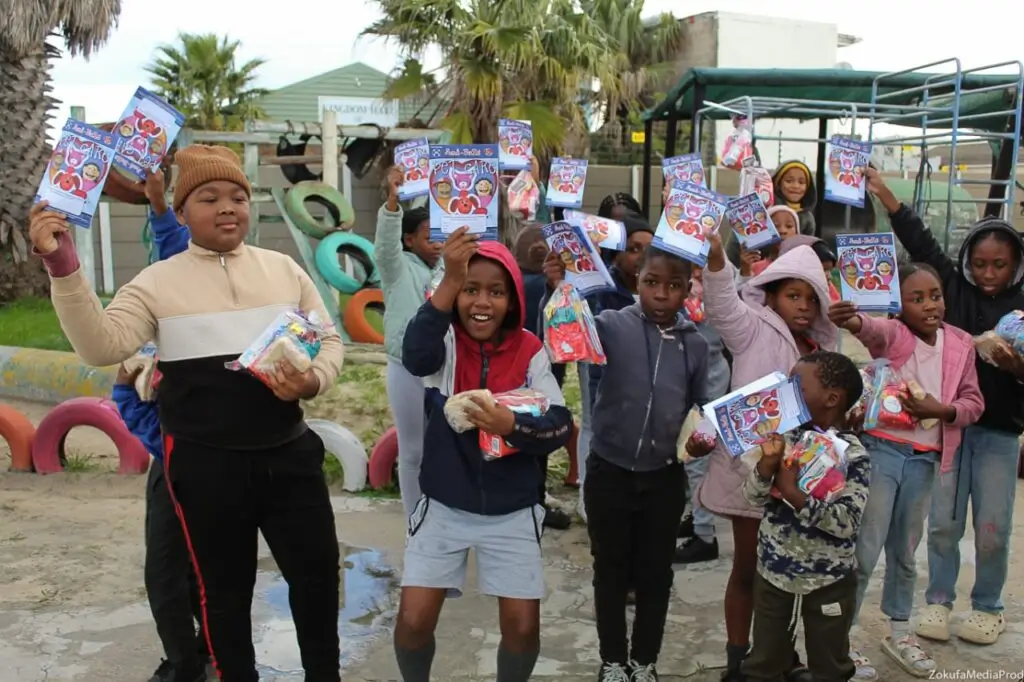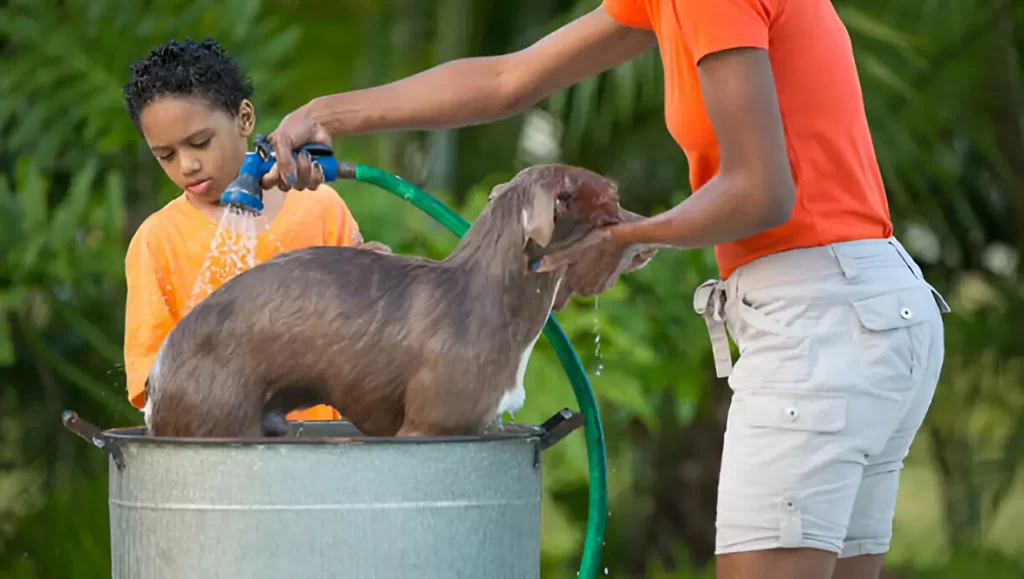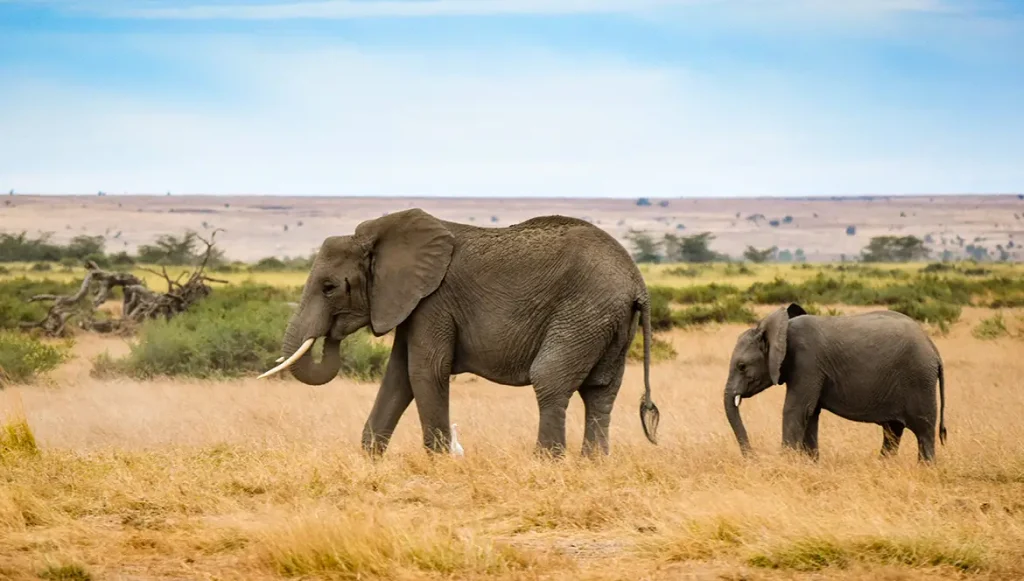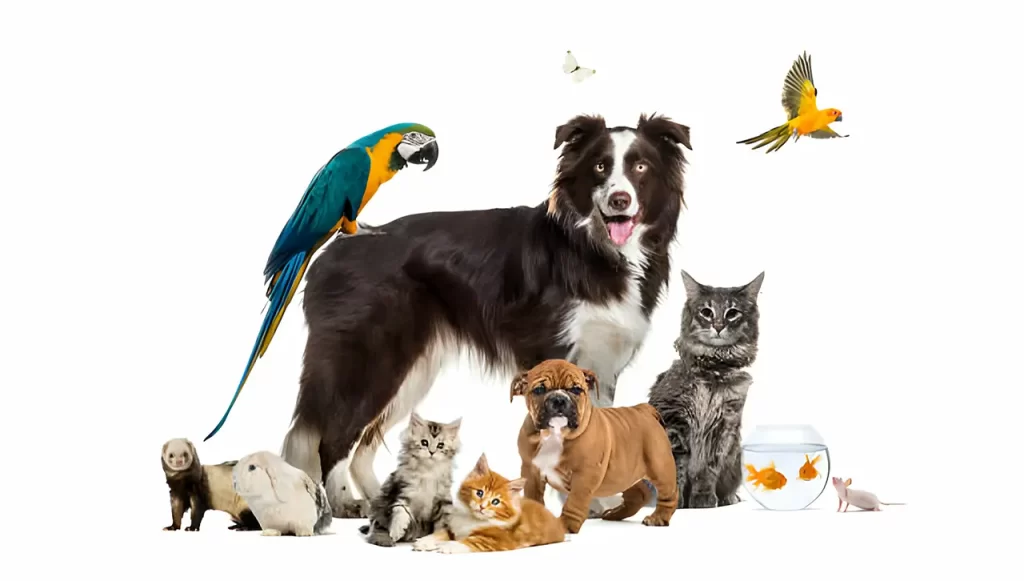A recent (22 January 2020) Carte Blanche episode, labelled “not for sensitive viewers”, shared heart-rending stories and showed shocking visuals of recent cases of captive lion poaching for their teeth and claws. Here’s hoping that change can happen with increased exposure of these atrocities.
Incidents in 2018 and 2020 at Gert Blom’s lion farm saw poachers “scaling three high fences and three brick walls” to gain access to his lions. “The only survivor of [the] bloody scene was a little cub,” reported Derek Watts, presenter for Carte Blanche, while Blom’s vets reported to him that three of the slaughtered lions were pregnant.
Then Matty van Eck, owner of Lorry Park Zoo, experienced a similar incident, and spoke to Carte Blanche because reporting such matters to the police seemed to be “falling on deaf ears”. “There were a lot of things we found in common [between the cases]. It was the type of poison that was used, how [the poachers] got around security…” While she was quick to point out that no one could confirm if the various cases were carried out by the same people, they certainly seems to employ “the same modus operandi”.
“One of the biggest problems we have is that this captive lion industry exists,” said Dr Kelly Marnewick of the Department of Nature Conservation at the Tshwane University of Technology, adding that it is providing “a drive-through for lion parts for these poachers.” Manager of the National Society for the Prevention of Cruelty to Animals (NSPCA) Wildlife Protection Unit, Douglas Wolhuter, agreed implicitly, adding that these animals are “sitting ducks” – generally being poisoned with a drug called temik or two-step, which results in the most horrific deaths. He said that to date, only seven arrests have been made of the many lion-poaching cases he knows of – and even fewer individuals have been convicted. “It’s got to start with convictions,” he enthused. “People need to sit in jail.”
Owner of Akwaaba Predator Park just outside Rustenburg, Nazeer Cajee, said that when several of his captive lions were killed in 2014, he hired a private investigator. “We found bones buried on the property; an eye witness testified to seeing the owner of the property burying the bones; and we found a panga, hidden away in his garage with blood stains on it. So we had the DNA to prove they used that knife to kill that lion, we had cell-phone records to prove they were on that property at 2am; we had foot prints; and we had an eye witness – but it got thrown out of court for insufficient evidence…” While Cajee has come under criticism from animal activists who do not agree with the presence of predator parks such as his in the first place, he has a special bond with the lion under his care – adding that Nature Conservation employs his facilities for animal rescue. Sadly, five days after the two suspects in his case where released, more captive lions were killed at a predator park in Thabazimbi, Limpopo.
An important study, carried out in the Mozambican portion of the Greater Limpopo Transfrontier Conservation Area and South Africa’s Kruger National Park, the Panthera Study, has revealed that the biggest threat to African lion conservation since 2014 has been their targeted poaching for body parts (i.e. teeth and claws). A scarcity of tiger bones and parts in recent times has seen the affluent Asian population demanding lions bones and parts for luxuries such as lion bone wine. Director of the Panthera Lion Programme, Dr Paul Funston, hopes the study will reveal to the global conservation community the serious threats this trade poses to “lion conservation efforts across Africa”.
“At the rate that we are decimating our wildlife, there will be nothing left to see for future generations to come. Also, our symbiotic relationship with nature (i.e. our environment and its animals) will be negatively impacted,” says Tozie Zokufa, director – Regional Coordination for the Coalition of African Animal Welfare Organisations. “The recent Corona virus is just one of many warnings that nature is giving us to reconsider our orientation towards animals. Let us pull together to get lions in the wild, where they belong, or suffer the consequences of our actions in years to come,” he enthuses.
SIDEBAR: WHAT THE NUMBERS SAY…
No of captive lions in South Africa lost to poaching each year = 20
Lion population decline across Africa over the past 21 years = 43%
Lion range decline over the past 50 years = 75%
Lion mortalities within Limpopo National Park from targeted poaching = 61%
Known human-caused mortalities across the greater landscape = 35%
No of successful prosecutions of lion butchers = 0






